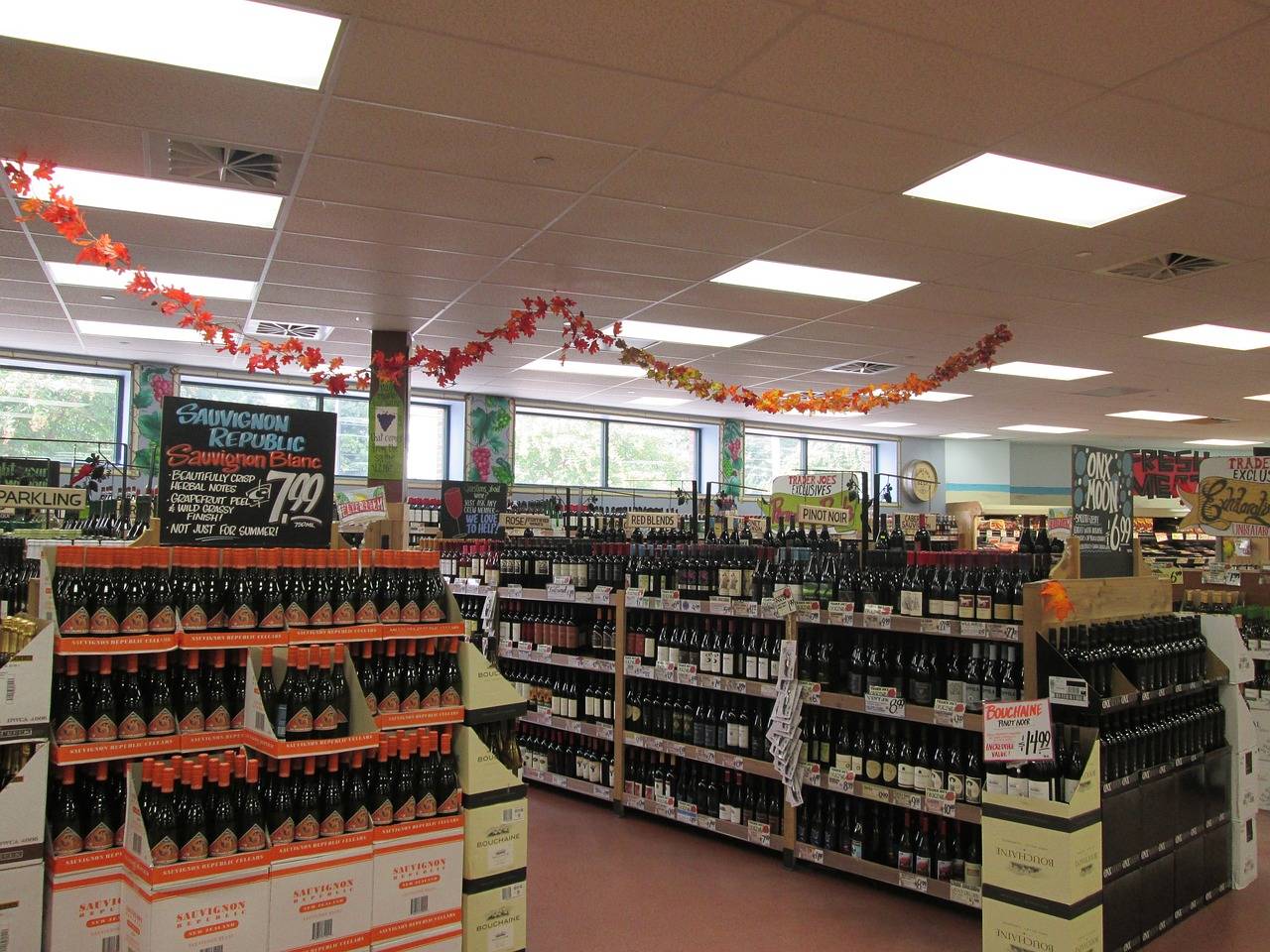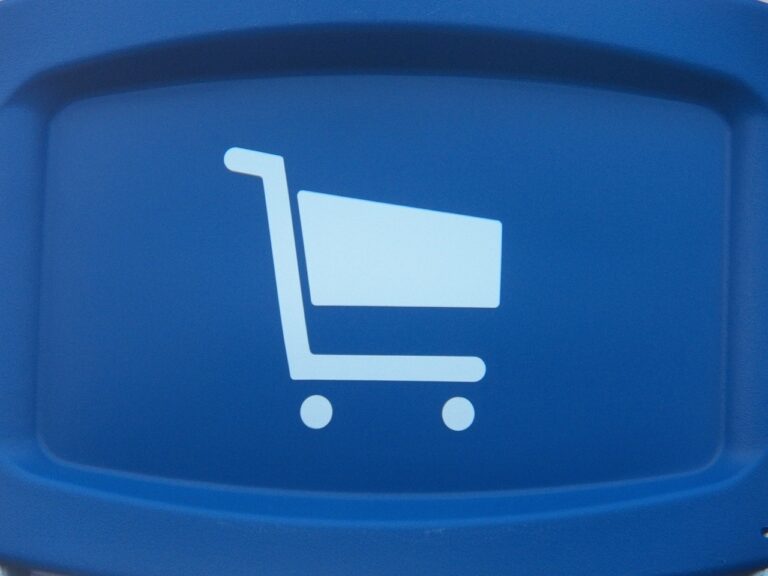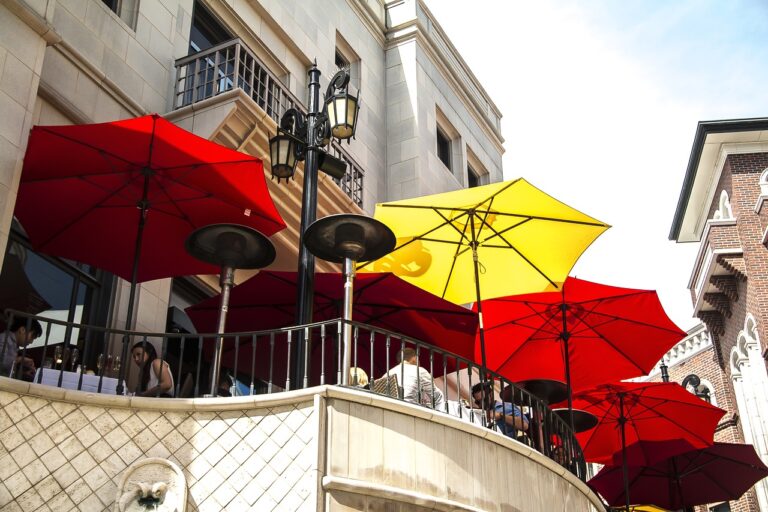The Future of Retail Stores: From Showrooms to Experience Centers
In recent years, there has been a noticeable shift in retail store design towards creating immersive and experiential environments for customers. Retailers are increasingly focusing on providing unique and engaging experiences that go beyond just selling products. This trend is driven by the desire to offer customers something memorable and different, in an effort to stand out in a highly competitive market.
Moreover, there has been a growing emphasis on personalization and customization in retail store design. Consumers today are seeking more personalized shopping experiences that cater to their individual tastes and preferences. Retailers are responding to this demand by incorporating elements such as customizable product offerings, interactive displays, and personalized services to create a more tailored and intimate shopping experience for their customers.
Shift towards Experiential Shopping
In the ever-evolving landscape of retail, a notable trend has emerged – the shift towards experiential shopping. Retailers are increasingly moving away from traditional transactional interactions and, instead, focusing on creating memorable experiences for their customers. This shift reflects a growing desire among consumers for more engaging and immersive shopping experiences that go beyond simply making a purchase.
Brick-and-mortar stores are investing in creating unique and interactive environments that resonate with customers on a deeper level. From pop-up shops featuring live demonstrations to interactive displays that invite customers to try out products firsthand, the emphasis is on providing an experience that is both entertaining and educational. By prioritizing experiential shopping, retailers are not only differentiating themselves from online competitors but also building stronger emotional connections with their customers.
Emphasis on Personalization and Customization
Personalization and customization are becoming increasingly prevalent in modern retail store design. Retailers are recognizing the importance of creating unique and tailored experiences for their customers. This trend goes beyond simply offering personalized recommendations based on past purchases; it extends to creating spaces that reflect the individual preferences and lifestyles of their target audience.
From customizable product offerings to interactive displays that allow customers to create their own unique designs, brands are embracing the idea that one size does not fit all. By allowing customers to have a hand in shaping their shopping experiences, retailers are fostering a sense of ownership and connection that can lead to increased loyalty and satisfaction. This shift towards personalization and customization is not just a passing fad but a reflection of the evolving expectations of today’s consumers.





